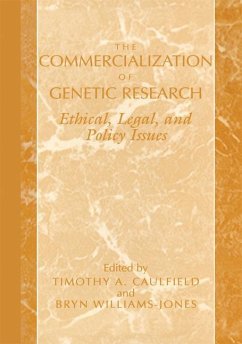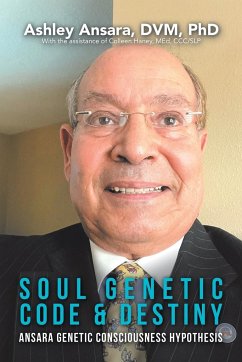
The Mobile Genetic Element: Nature, Existence and Evolutionary Insight
Versandkostenfrei!
Versandfertig in 1-2 Wochen
26,99 €
inkl. MwSt.

PAYBACK Punkte
13 °P sammeln!
Transposons are mobile genetic elements, possess capability to change their position, involving mechanisms; copy and paste, including RNA intermediate (Retrotransposons, Class I), or cut and paste, without involving RNA intermediate (Class II), or by creating additional copy by simple replication (Replicative transposons), or as Miniature Inverted-Repeat Transposable Elements (MITS). Furthermore, autonomous: which can move by themselves, or non-autonomous, which need assistance of other transposons. The existence of transposons has been speculated in viruses, prokaryotic and eukaryotic genome....
Transposons are mobile genetic elements, possess capability to change their position, involving mechanisms; copy and paste, including RNA intermediate (Retrotransposons, Class I), or cut and paste, without involving RNA intermediate (Class II), or by creating additional copy by simple replication (Replicative transposons), or as Miniature Inverted-Repeat Transposable Elements (MITS). Furthermore, autonomous: which can move by themselves, or non-autonomous, which need assistance of other transposons. The existence of transposons has been speculated in viruses, prokaryotic and eukaryotic genome. Subsequent, to insertion of transposons to a gene, there could be no effect or complete functional loss, or altered expression and hence variations or changed developmental pattern or ultimately evolution, but sometime due to transposons various genetic diseases including hemophilia A and B, severe combined immunodeficiency, porphyria, duchenne muscular dystrophy, cancer and developmental abnormalities also occur.












